Virtual Reality Now an Actual Reality at TBS
Photo courtesy of www.wired.com.
The New York Times cardboard allows users to use their smart phones in conjunction with the NYT VR app for immersive virtual reality experiences.
You know when you’re watching a futuristic sci-fi film and you see some crazy spaceship or amazing technological device and you’re like, “Wow, we will never be able to build that in real life!” Well, TBS may have something to say about that. Media Specialist and Librarian Mrs. Susan Duncan, with support from Head of Middle School Mr. Charles Hagy, has purchased enough pairs of Google cardboard that, when coupled with a smart phone and any number of apps, will deliver an immersive virtual reality experience. “ For one thing it’s state-of-the-art, for another thing, if you can’t take a real field trip, virtual reality takes you there in the next best way,” said Duncan.
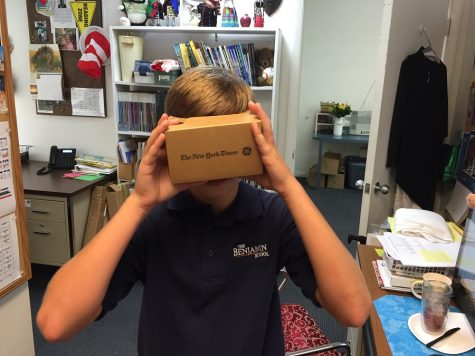
Seventh-grade Neersyde reporter Matthew Smith tries out the NYT VR goggles in Mrs. Duncan’s office.
As a New York Times subscriber, Duncan was sent an email notifying her that she could purchase cardboard, plastic goggles which are actually made out of simple cardboard, for $15. Once purchased, she then downloaded the free New York Times Virtual Reality app (called NYT VR). With the app, users can place their iPhone or Android phone inside the goggles, and then, voila – they are immersed in one of several virtual reality environments courtesy of The New York Times. “It’s a 360-degree view of, let’s say, swimming with whales or a tour of New York City, or even climbing skyscrapers – all kinds of adventurous things, but in a 360-degree real time [environment],” said Duncan. “It looks like you’re there!”
The NYT VR app offers 3D views of several environments and also allows users to experience stories reported by the paper’s award-winning journalists. Of course, you don’t just need the NYT VR app – there are several other ones out there that can deliver virtual reality: Youtube, Google Cardboard, VRSE, and RYOT VR. These apps are compatible with any cardboard viewer that’s on the market, and the viewers range in price from $15 to $3,000.
Hagy was impressed with the technology and eager to implement virtual reality in the Middle School. “ It is revolutionary that we can take a tour of New York City with these goggles from your class,” he said. In the most recent faculty meeting, Duncan introduced the concept of the virtual reality goggles to the faculty, and they were impressed. “I thinks it’s so awesome that all of us can travel together and explore things together right here in the classroom,” said seventh grade science teacher Mrs. Stephanie Oster. The hope is that the teachers will have the opportunity to try the goggles out at the next faculty meeting. The technology could also be used to teach students about different cultures, architecture, and
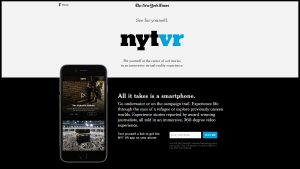
The New York Times’ Virtual Reality app is one of the many apps students will have access to which will enrich their educational experience in the classroom.
geography in their history classes, as well as different environments and wildlife in their science classes. The NYT VR app, like many other virtual reality apps, allow the user to touch highlighted parts of the environment to receive facts, definitions, and other relevant information, making it a rich educational experience.
However, bringing virtual reality to the Middle School will not only make course content more engaging, but it will hopefully aid the students who are visual learners. “I think it will help us learn because you can see [the subject] better, like if you’re learning something, you may not be able to see it or realize it [without the virtual reality],” said sixth grader Darian Salehi.
Although it may be weeks or months until the students try out the new technology, they are already excited about it. “I think it would be so cool if Benjamin could have virtual reality because it would make our school stand out from [other] schools,” said seventh grader James Hoffman.
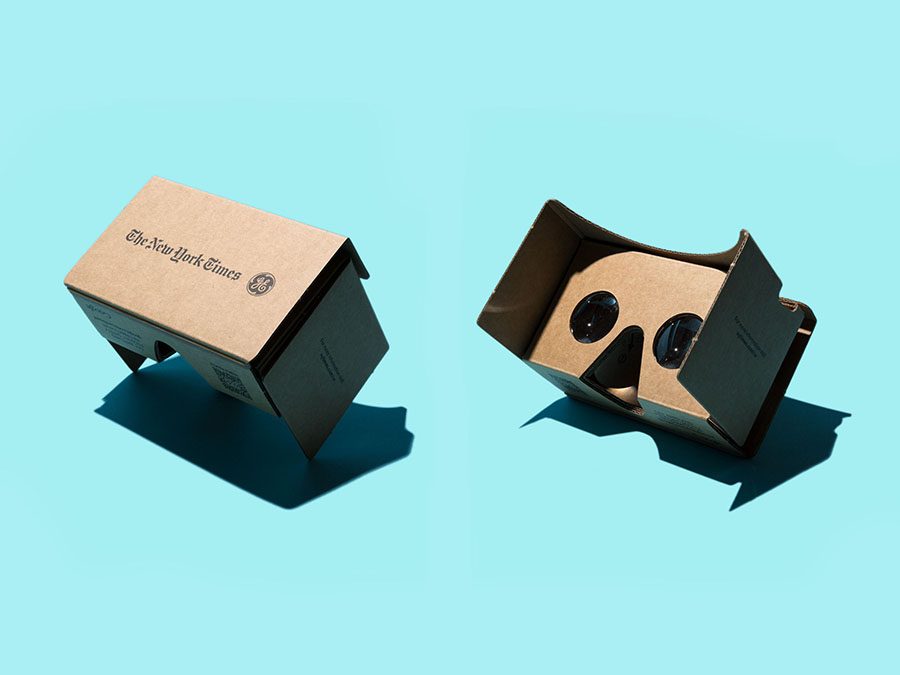
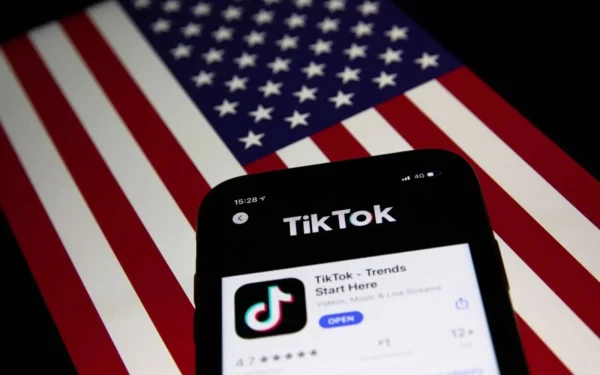

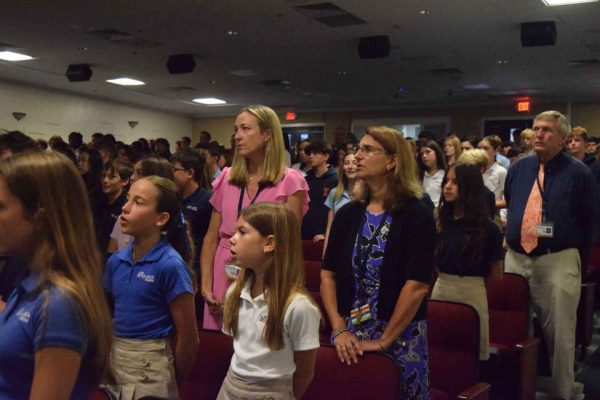
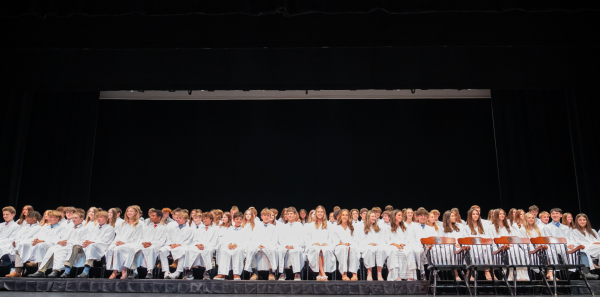

James Key • Jan 17, 2017 at 10:45 am
Good job Matt